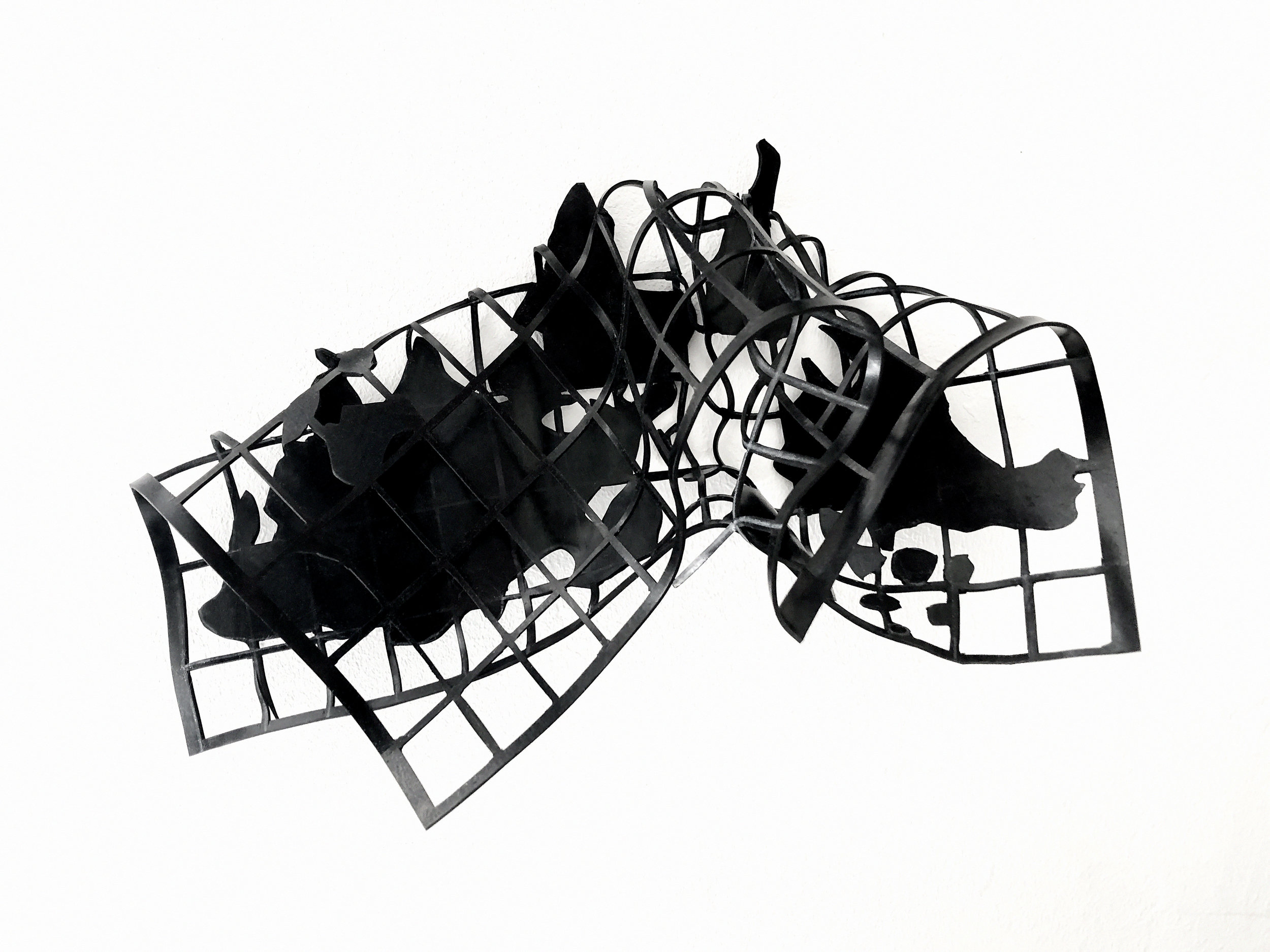Fire Faísca Funke at Gallery Mario Kreuzberg
Fire Faísca Funke brings together works by Marina Camargo, Ana Hupe, and Barbara Marcel, Brazilian artists based in Berlin, whose research questions the gravitation of the idea of Centre. Departing from South Hemisphere, the show questions relations of power enunciated in cartographies, extensive monocultures, Berlin colonial archives and religious syncretism today.



In addition to the individual works, the artists collaborate in a video that uses the rhizomatic root of manioc as a meeting point between Brazilian and African cultures in Europe, with the participation of Senegambia - a restaurant of West African food located on the same street of Mario Kreuzberg Gallery. One of the earliest plants to be domesticated in the tropics, manioc is today the third largest source of carbohydrate in several countries in the global south. The cultivation and consumption histories of the plant reflect a cultural constellation of epistemological passages across the globe, crossing from the most traditional indigenous technologies of production, to its contemporary circulation through the global commodity system. The exchange of recipes made with manioc is the starting point of the video, which became a testimony of the connection between two continents and also an approximation with the neighborhood around the gallery.
Cartography as a study of narratives of spaces and power relations permeates the works of Marina Camargo. Cartography expanded beyond its original function, being transformed into other visual narratives that question the objective data that form the maps. The representation of the southern hemisphere appears in the erased action of a school map of Brazil that shows the regions of extractive exploitation, and also in map made of rubber, where the traditional grid used in cartographic representation is transformed into a flexible structure, changing the World Map and its geopolitics.
In the residency Artista x Artista in Havanna, the priestess of Yemayá, Omi Toke, guided Ana Hupe in the universe of Santería, Afro-Cuban religion with Yoruba origin, like Candomblé in Brazil. Following and questioning the idea of syncretism, when hidden creeds of two or more religious traditions intermingle, Hupe presents pieces inspired by the orishas and by the state socialist sentences spread throughout the city of Havanna, experimented in Berlin.
The port of Santarém (Pará-BR), dominated by the multinational Cargill since 2003, is the theme of the work BR 163 Cuiabá-Santarém by Barbara Marcel. The packaging of products used in the processing of soybeans, recycled by the local population of Santarém and transformed into market bags sold in the city’s municipal market, are again sewn together, forming a single fabric of words and images that map the manufacturing cycle of the grain that most threatens the Brazilian Amazon Rainforest today. The installation also includes photos of the municipal market, where the best-selling product is the manioc flour.
Text: Susanne Neubauer
www.mariokreuzberg.com
